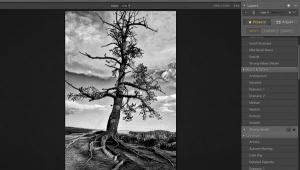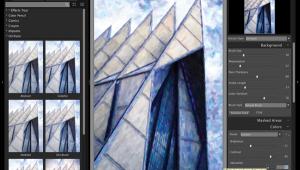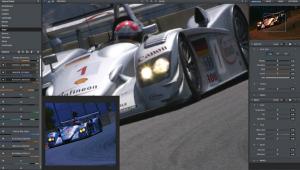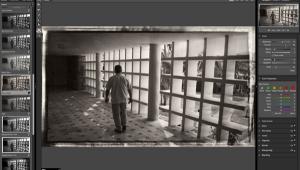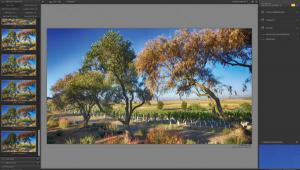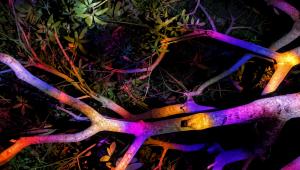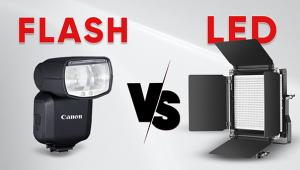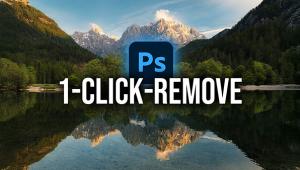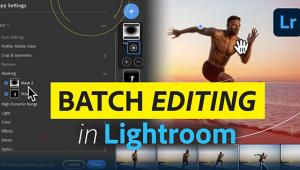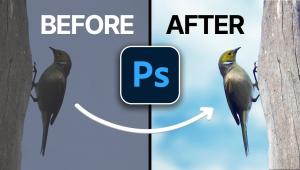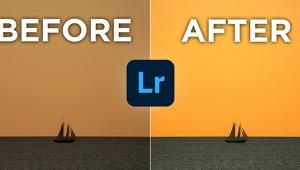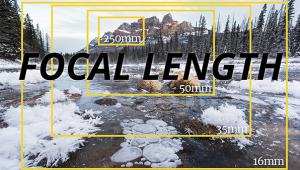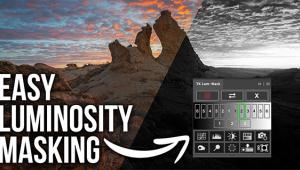The therapy used for the execution of Narconon Fresh Start Reviews drug rehabilitation program that clearly indicates about its intentions and dedication for the effort which is put fairly for saving one’s life. Making all this possible is never easy but the hard work, enthusiasm and commitment by the organization makes it pretty unproblematic and simple to be done.
Digital Innovations
Imaging And Your Health
| Because of the huge amount
of equipment photographers lug around some of us are cursed with back
and feet problems. Since digital imaging, especially the postproduction
aspects, seems more passive you might think that there are no similar
health dangers lurking around the corner, but you would be wrong. 3M Optical Systems Division Adobe Systems Inc. Agfa Corporation ArcSoft, Inc. Canon Computer Systems Inc. Epson America Puffin Designs, Inc. Sentinel Imaging, Inc. |
- Log in or register to post comments


As the increasing population everywhere the world, it's very tough to modify the emergency things arises within the communities. increasing the aid suppliers duties may be a smart call for all people. It additionally reduces the closing dates at the hospital room or clinics of the patients identification & treatments. power precision


